

Damion Smy
Toyota exporting US-built cars to Japan after Trump criticism
21 Hours Ago
Off-Road Editor, Simon Christie, puts Mazda's flagship BT-50 to the test to see if it's a worthy rival to specialist 4x4 dual cab utes.
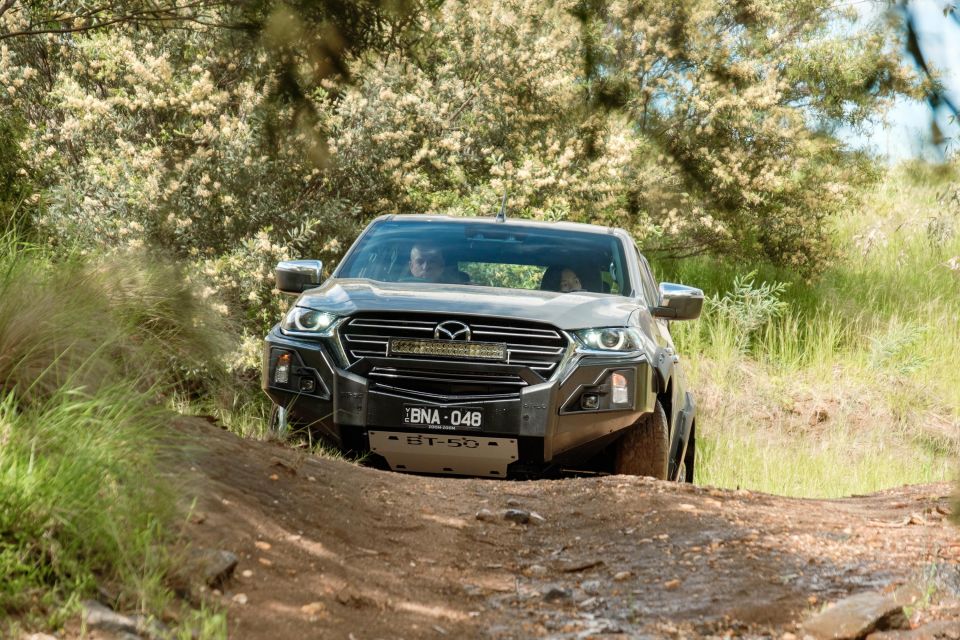
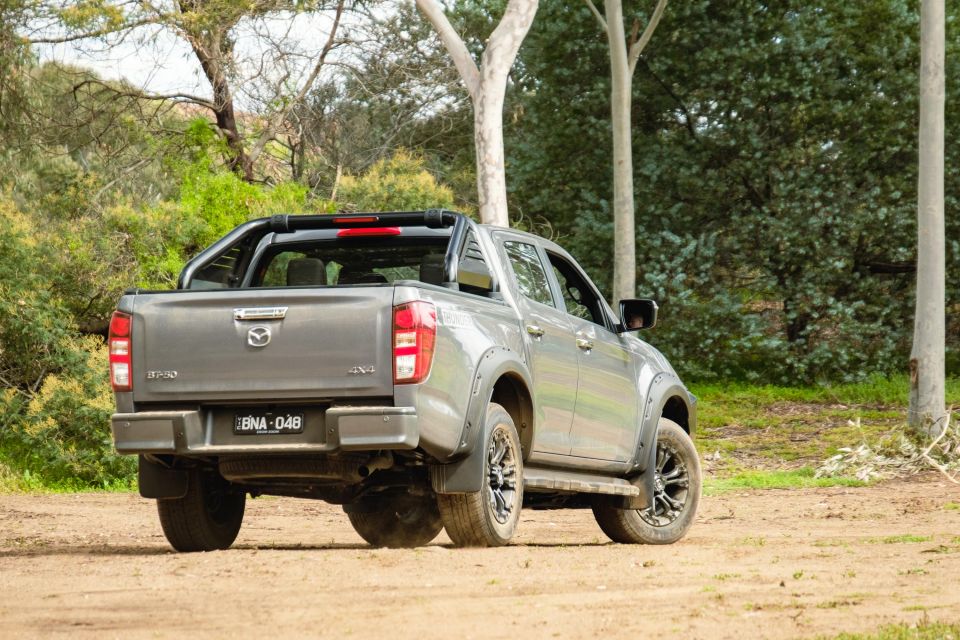

Quickly see how this car stacks up against its competition. Select any benchmark to see more details.
Where expert car reviews meet expert car buying – CarExpert gives you trusted advice, personalised service and real savings on your next new car.
Today we are examining the off-road capabilities of Mazda’s flagship dual-cab ute – the BT-50 Thunder.
The BT-50 Thunder sports several cosmetic and practical additions compared to the standard BT-50. Mazda hopes it will generate some of the excitement normally reserved for the Toyota HiLux Rugged X, the Ford Ranger FX4 Max and the Nissan Navara PRO-4X Warrior.
Before we get the Thunder dirty, though, let’s recap some important points about the often underrated BT-50.
The BT-50 has often overlooked compared to better-known rivals. Previous generations of Mazda’s dual-cab shared DNA with older generations of Ford Ranger, though this latest model now has Isuzu D-Max bones.
Trundling back a few years, as early as 2006, the first BT-50 shared much of its parts with the European Ford Ranger. Through to 2020, the BT-50 and Ford Ranger were manufactured, to varying levels, in parallel until the 2021 model was released.

While the Ranger has received numerous updates and changes over its lifecycle in its soon-to-be-replaced current generation, the BT-50 didn’t get anywhere near as much love, and as such missed out on the engineering and technological developments the Blue Oval implemented to make the Ranger a segment benchmark.
Now, the BT-50 is essentially mechanically-identical to the latest Isuzu D-Max, right down to the engine and chassis. The only real difference between the Mazda and Isuzu is styling (inside and out).
Why has the BT-50 not received the attention (and sales) that it should have had when its twin offerings have fared so well?
Well, that’s a question for another day, but most importantly the above facts should pique your interest for learning more about the current BT-50. What better way to do it than looking at the off-road performance of the specially-equipped BT-50 Thunder.
Let’s hit the dirt, shift to a lower gear and get a feel for Mazda’s newest ‘Zoom Zoom’ off-road experience.
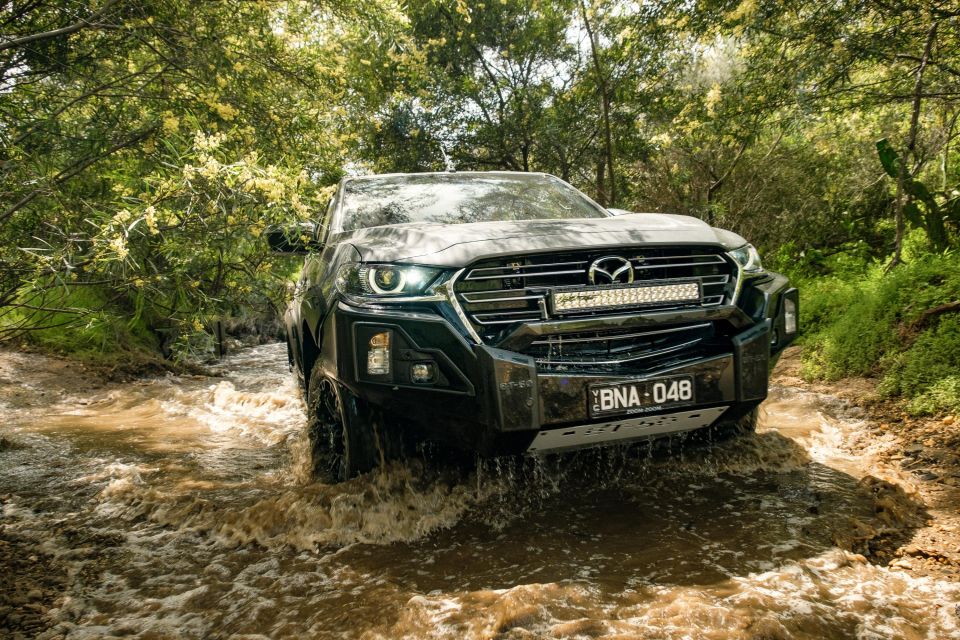
Climbing into the Thunder to head off-road, initially conjured a plethora of mixed emotions, perceptions and judgements with the dichotomy of feelings being hard to put aside.
It’s definitely a different looking vehicle to the D-Max, though given the shared D-Max underpinnings, expectations should be high.
Whilst it just doesn’t have the same ‘tough’ look as its sibling or some rivals, you need to remind yourself of its rugged and reliable truck-like DNA beneath its skin. With that said, as you slip from the exterior to the homeliness of the cabin, you are greeted by a seemingly plain yet comfortable interior.
There are no bold design statements or standout features. It’s far from utilitarian, but it won’t be winning any design awards. Considering the wide diversity of possible consumers, it’s adequate, welcoming and comfortable, with comfort alone making it stand out somewhat from many rivals.
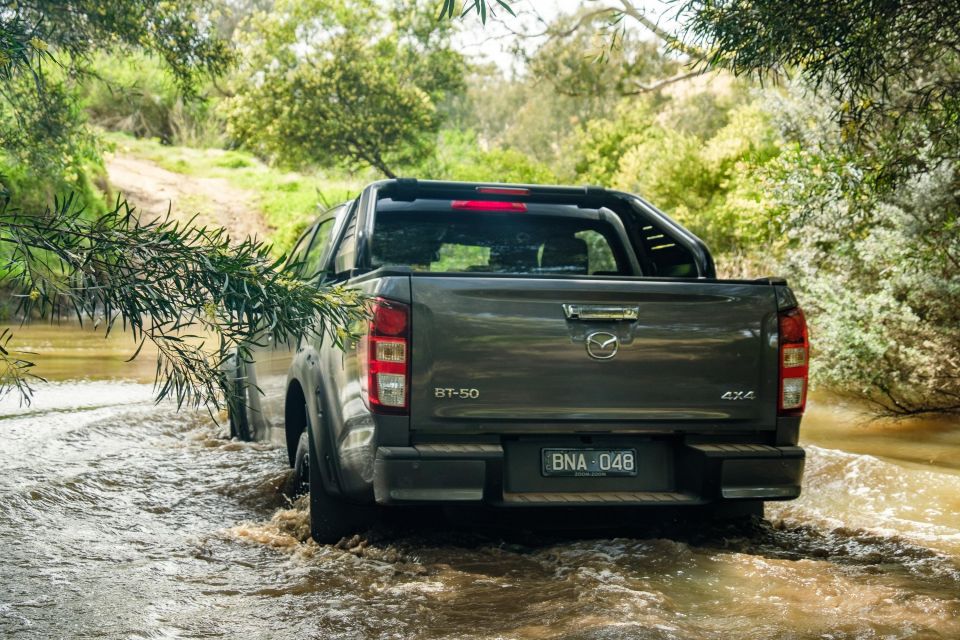
The distinct D-Max diesel rattle greets you at startup. Advancements in the powertrain and sound deadening have helped somewhat, but the noise of the engine is a strong reminder of the highly-trusted D-Max 4JJ3-TCX block that tourers, towers and 4×4 enthusiasts love.
On paper the BT-50 comes in around 50Nm short of competitors in the torque game, but off-road it drives well enough, and there’s enough punch to get you out of trouble and have a little fun. Most noticeable, though, is how well the factory suspension handles the rough stuff.
As speed increases, we are very used to seeing dual-cabs with IFS get a little soft, bouncy and sensitive. But the BT-50 seems to be well valved with sufficient dampening and a good spring rate that controls the unladen, near-stock vehicle when you are hitting the bumpy stuff.
It was a pleasure to drive and absorbed far more punishment that we expected, further supporting our claims this is a comfortable vehicle to take off-road.
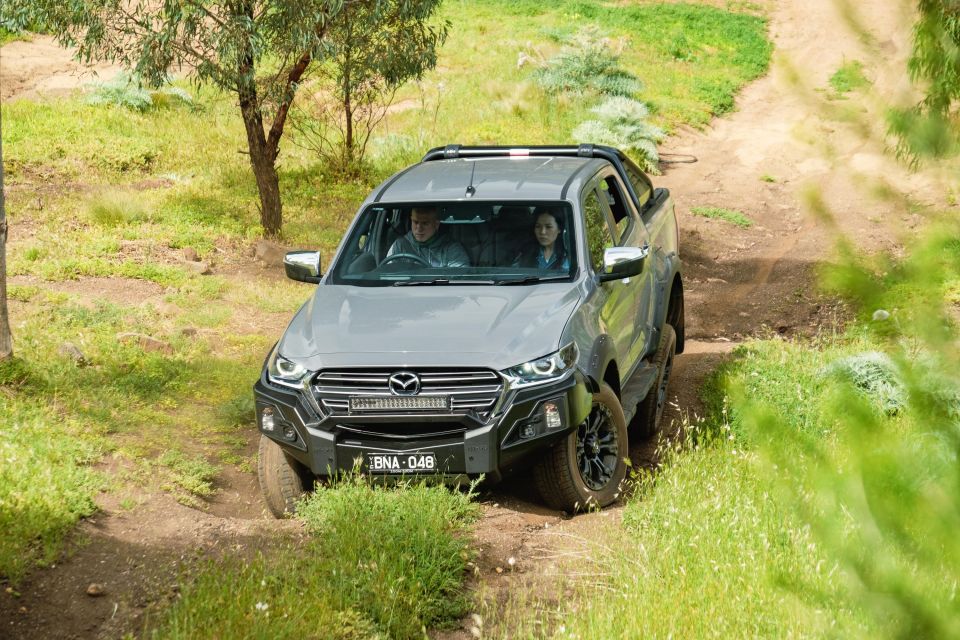
The Thunder is equipped with a real transfer case: engagement of low range was as expected and the gearing in 4L is applicable for controlled and technical off-road work. The big news for BT-50 owners is the inclusion of a rear diff lock which is now an expected inclusion across this sector.
We did, however, find the action of the diff lock non-intuitive and misleading, which we attributed to the ‘diff lock’ light on the dash possibly not clearly indicating if it was engaged. On that note, and for unknown reasons, it did improve across the day and the more we switched the diff lock on and off, the quicker the dash light reflected its expected operation.
Although the Thunder does not present with any suspension or engine performance improvements, it handled the water crossing with a similar split of results. From a 4×4-er’s perspective, the vehicle felt stable and provided enough motive force to move through the water with confidence.
We did incur two minor interesting issues, though.

Firstly, the side steps filled with water. This is not a big deal, but the sloshing and running water noise after we had exited the crossing was initially concerning.
There was no risk of damage, and it really was just the noise that we took issue with, but just be aware if you are taking one out that it’s an odds-on bet you will fill the steps like we did.
Secondly, we experienced an audio-visual alarm for the forward collision warning system.
Again, it is not uncommon to have dash lights flashing as sensitive sensors and ECUs respond to particular situations, but it was a basic and relatively clean water crossing and the response itself was loud and bright, creating quite a deal of shock and concern for the driver and passengers.
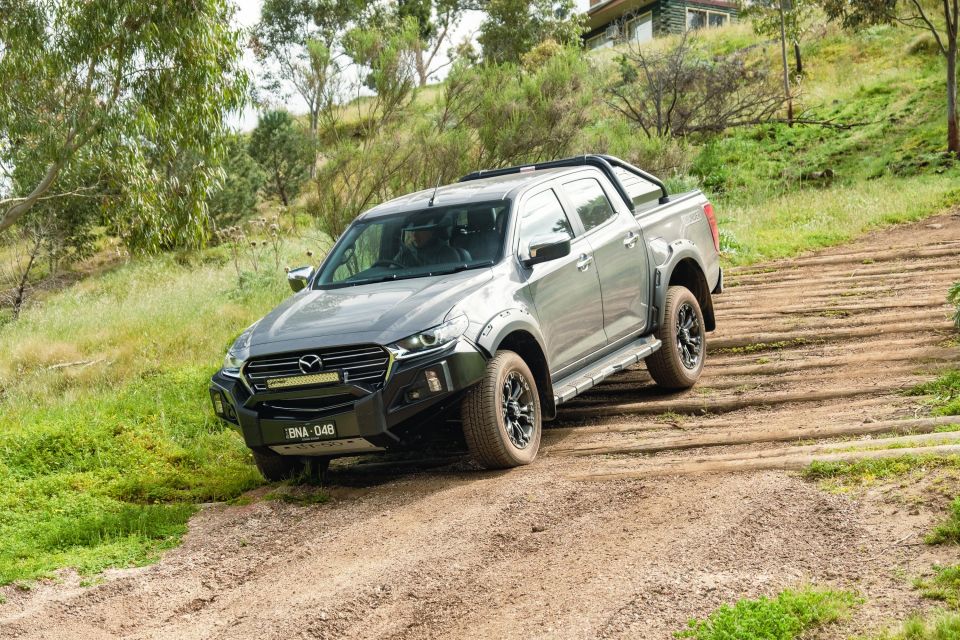
Upon exiting the water, the sound and flashing light disappeared and there were no further dramas, but for a few seconds it was intense to say the least.
On rocks and during the rutted hill-climb, the vehicle clearly lacked clearance and traction, which raises two important points.
Firstly, as this is the ‘Thunder’, and Mazda’s flagship off-road model, it should include (to be truly competitive) some sort of suspension and tyre upgrade.
Secondly, and based on its importance, adding after-market accessories to the BT-50, like suspension and tyres, will of course make drastic improvements to its off-road ability.
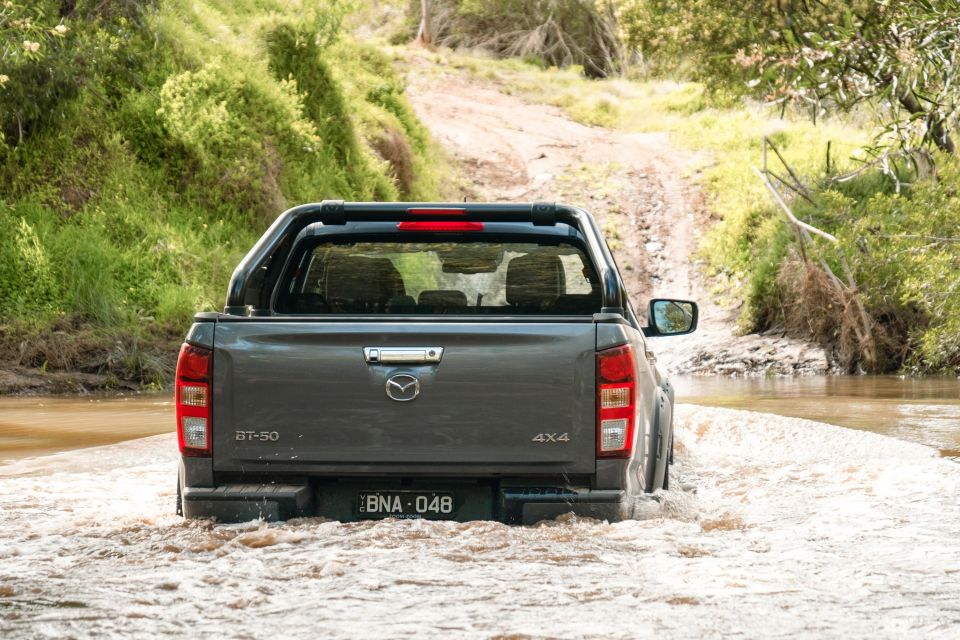
So, what do you actually get extra with the BT-50 Thunder and how relevant is it to off-roading?
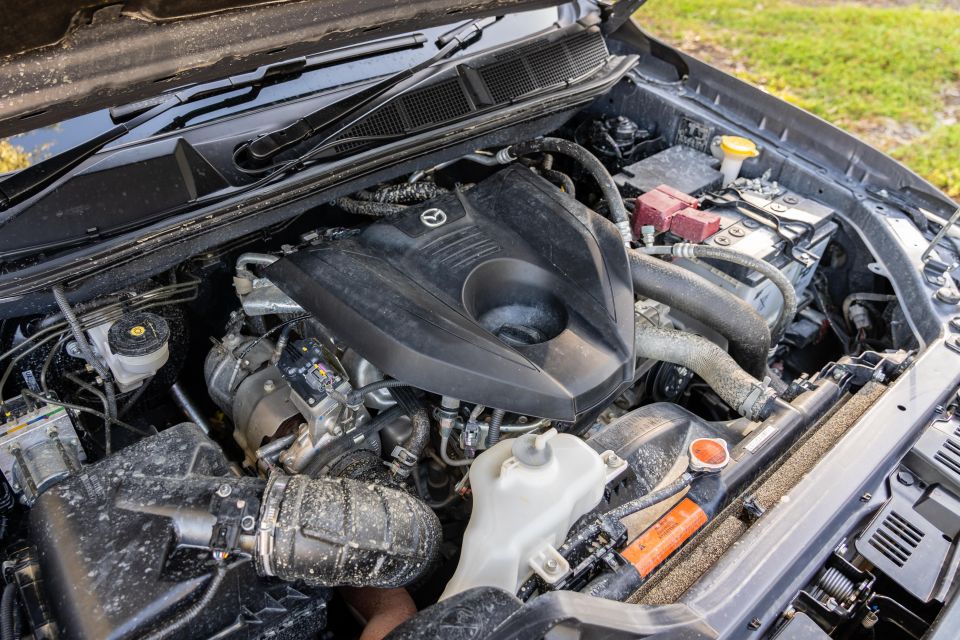
Sporting the same powerplant and drivetrain as the current D-Max, the BT-50 comes with a proven package that consumers rely on for towing, efficiency and reliability.
The trusted ‘4JJ3’ 3.0-litre turbo-diesel provides 140kW of power and 450Nm of torque: making it a mild option in the power stakes (the previous BT-50 (based on the Ford Ranger) sat at 147kW and 470Nm) yet the proven reliability of the mechanical package makes up for any shortcomings amongst 4×4 community perceptions.
Similarly, whilst many newer vehicles are switching to eight-speed autos, the D-Max and BT-50 have stayed with a six-speed transmission that we found to be well-suited to off-roading and with less hunting between gears on the freeway, which is more suitable for smooth touring and towing.
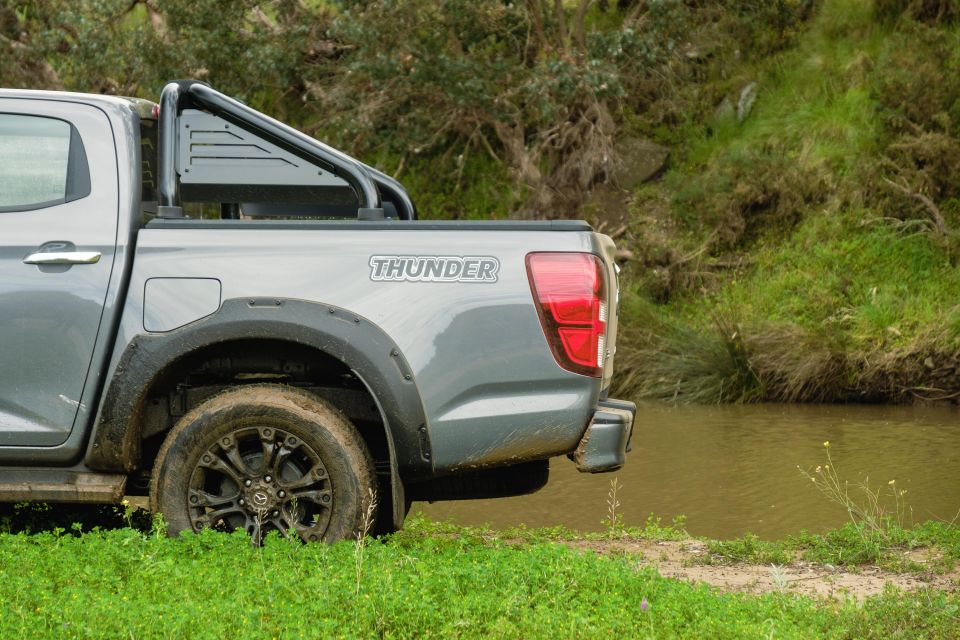
BT-50 buyers can choose from a good range of aftermarket accessories.
Tyres, bar work, roof racks, suspension, front lockers, canopies and plenty more abound for the current model and provide a diversity of accompaniments, enhancements, additions, upgrades and build options to turn a BT-50 into anything form a job site hero to a long-distance remote touring base station.
In addition to extensive aftermarket solutions, Mazda Australia has a huge catalogue of accessories available through its dealer network, not just for the BT-50 Thunder but across the entire BT-50 range.
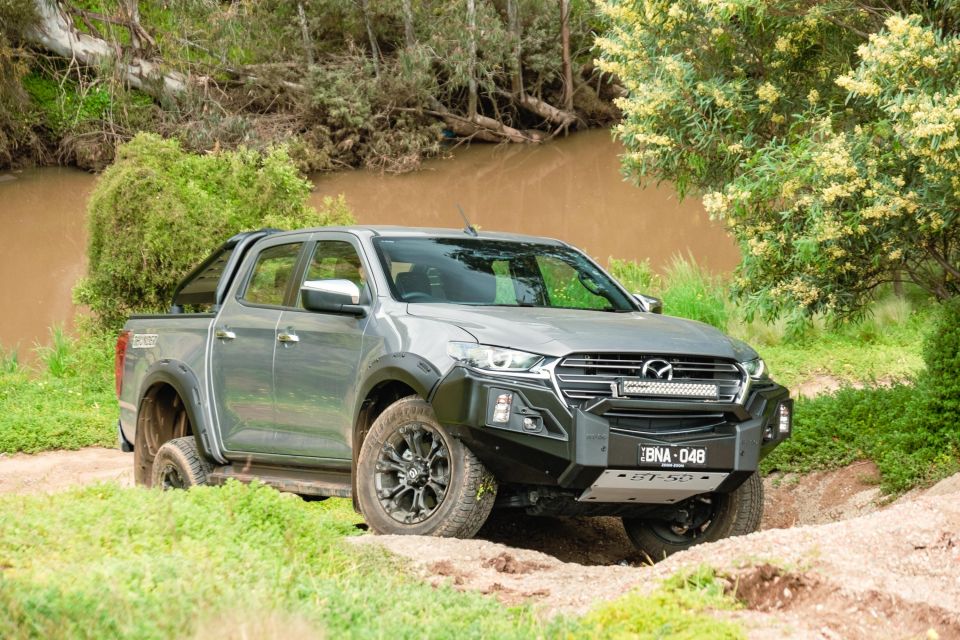
Unlike some of the specialised ‘off-road’ models on the market, the Thunder is not taller or wider, it doesn’t sport better tyres and nor is it equipped with any performance-based improvements or specialities other than the locally-developed bull bar – it’s more or less a stock BT-50 with a sports bar and additional lighting.
As disappointing as that is, and as much as it makes the Thunder less competitive or attractive, it’s at least a start.
The BT-50, in any of its current forms, is what should really be shining – and to some degree we are seeing that here.
With a strong heritage in top-sellers, and tight supply of the related D-Max, we are now witnessing suitably stronger sales of BT-50. This is great for the brand and consumers in general.
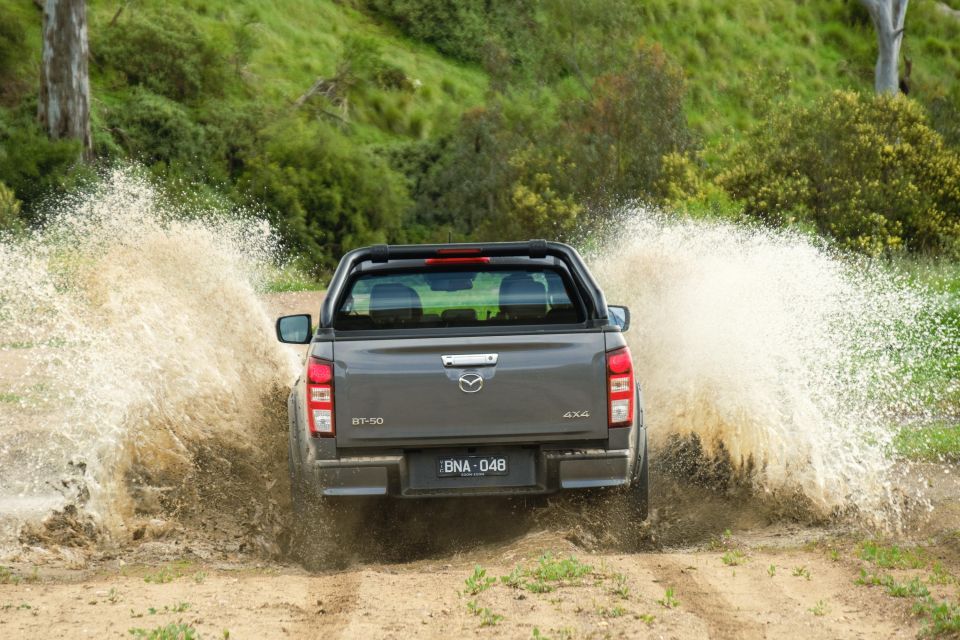
Would we recommend owning a BT-50? Whether you’re starting with the Thunder or a stock BT-50, the overall package is a worthy choice.
It’s built on a reliable base and packed with potential, and we would definitely like to see more buyers opting for the Mazda offering based on its credentials, instead of buying alternatives based simply on looks or brand perception.
With the right accessories, we have no doubt a well-equipped BT-50 will be a comfortable and capable off-road vehicle, well placed for touring, towing and working. It offers reliability and performance to equal other more sought-after nameplates.
So, to answer that question… yes, we would own one, and given the opportunity to create possibly Australia’s best BT-50 we firmly believe it would turn a few heads and arouse much needed interest towards the brand and model.
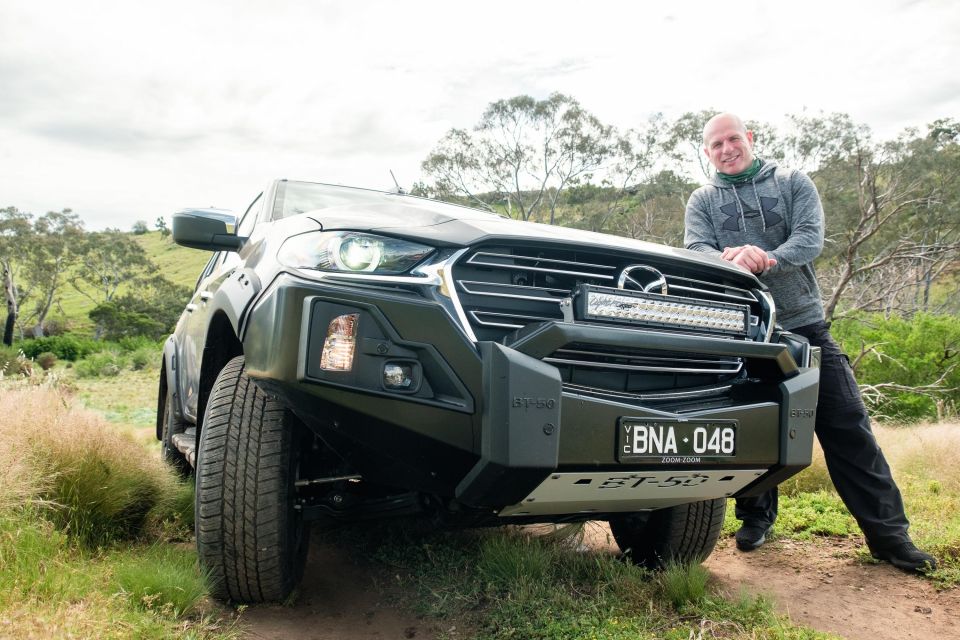
Click the images for the full gallery
MORE: Everything Mazda BT-50
Where expert car reviews meet expert car buying – CarExpert gives you trusted advice, personalised service and real savings on your next new car.


Damion Smy
21 Hours Ago
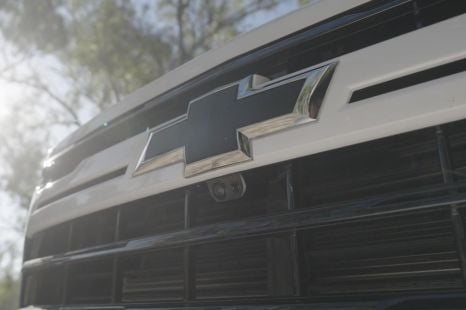

Ben Zachariah
3 Days Ago


James Wong
9 Days Ago
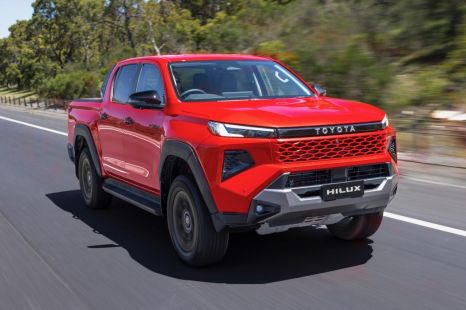

Ben Zachariah
9 Days Ago
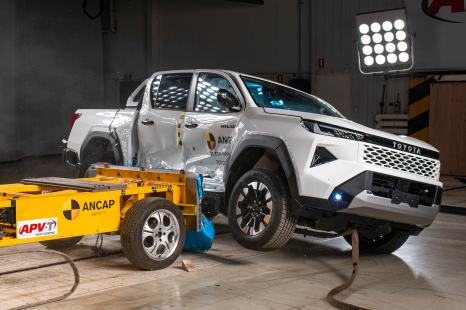

William Stopford
10 Days Ago


William Stopford
10 Days Ago